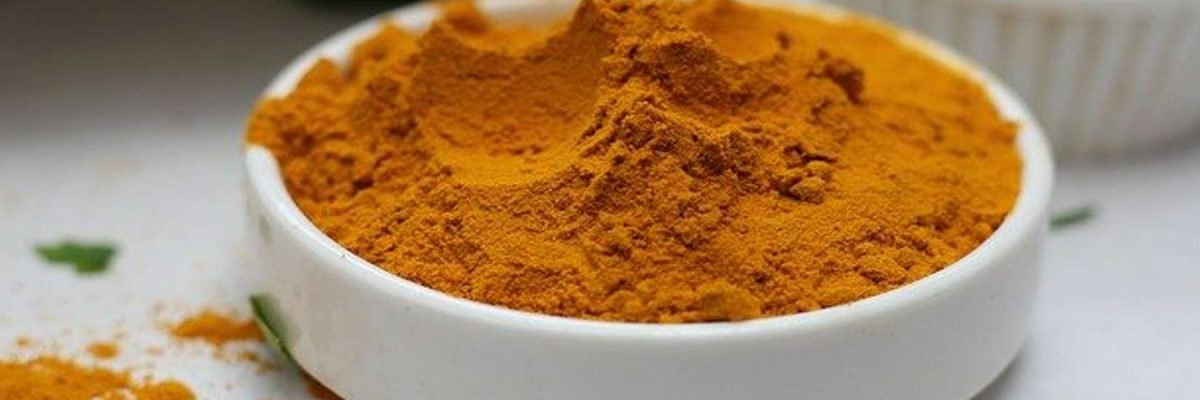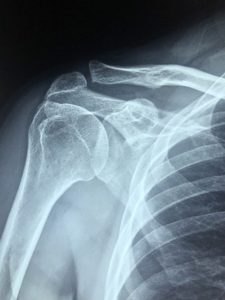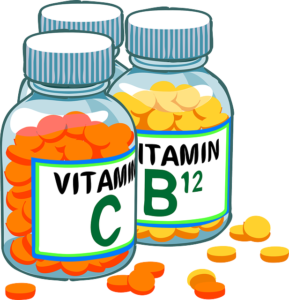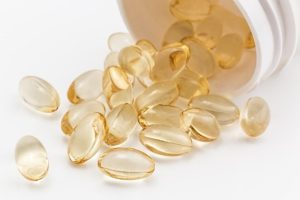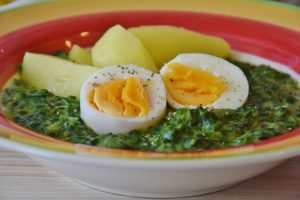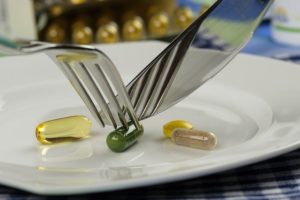The pain relieving expert explains: “Spice of life” – turmeric. So many benefits.
What to look out for. ![]() Curcuminoids – in turmeric and curcumin have been the subject of more than 12,000 scientific articles and 200 clinical studies. – No wonder this spice is so popular.
Curcuminoids – in turmeric and curcumin have been the subject of more than 12,000 scientific articles and 200 clinical studies. – No wonder this spice is so popular.
Here, just 6 reasons:
-Curcumin can affect multiple cell signalling molecules. It influences more than 100 molecular signalling pathways to support healthy cell function and overall health.
-Curcumin support an inflammatory response.
-Turmeric and curcumin are recommended to support joint health, comfort and mobility.
-Curcumin helps support healthy, normal glucose levels.
-Curcumin supports mood, attention, focus and other important aspects of cognitive health.
-Curcumin supports heart health by promoting healthy blood flow and supporting vascular health through its influence on nitric oxide production.
One of the questions that may often arise is: What is the difference between turmeric and curcumin? And I can just buy turmeric at the nearest supermarket. What’s the problem? Turmeric is a plant scientifically known as “Curcuma longa”.
The well-known culinary spice powder turmeric is extracted from the roots of the plant, the rhizomes. Curcumin is a component of turmeric and is extracted from the roots of the turmeric plant. This unique carotenoid pigment gives turmeric its bright yellow colour and unique taste. As a coloured carotenoid, curcumin helps the plant absorb light to use as energy for photosynthesis. It also acts as a powerful antioxidant, protecting plant cells from free radical damage.
Roughly speaking, you could say that curcumin is a kind of concentrate of turmeric.
In addition to curcumin, there are two other naturally occurring compounds in turmeric – demethoxycurcumin and bis-demethoxycurcumin. These two compounds, along with curcumin, are all called curcuminoids.
Cheap turmeric from the supermarket? It won’t work. Since turmeric is a powder, it is all too easy to mix in fillers to cut costs. Products are adulterated with synthetic dyes and starches such as cassava, talc or chalk powder. Products contain synthetic curcumin derived from petrochemicals. (This is much cheaper to produce than natural curcuminoids). It could happen that the spice is adulterated with a chemical compound to enhance its bright yellow colour.
Among the problems limiting the effectiveness and usefulness of curcumin is its low bioavailability due to its insolubility in water. Piperine, a black pepper extract, is often added to curcumin formulations. This could make sense because it could slow down the breakdown in the liver. There is also the point that absorption in the body has been shown to work much better with fat.
All in all, a very useful addition if you know what to look for. ![]() If I have been able to show you a few new approaches. Very good.
If I have been able to show you a few new approaches. Very good.
I wish you a successful journey.
See you next time,
Matti

